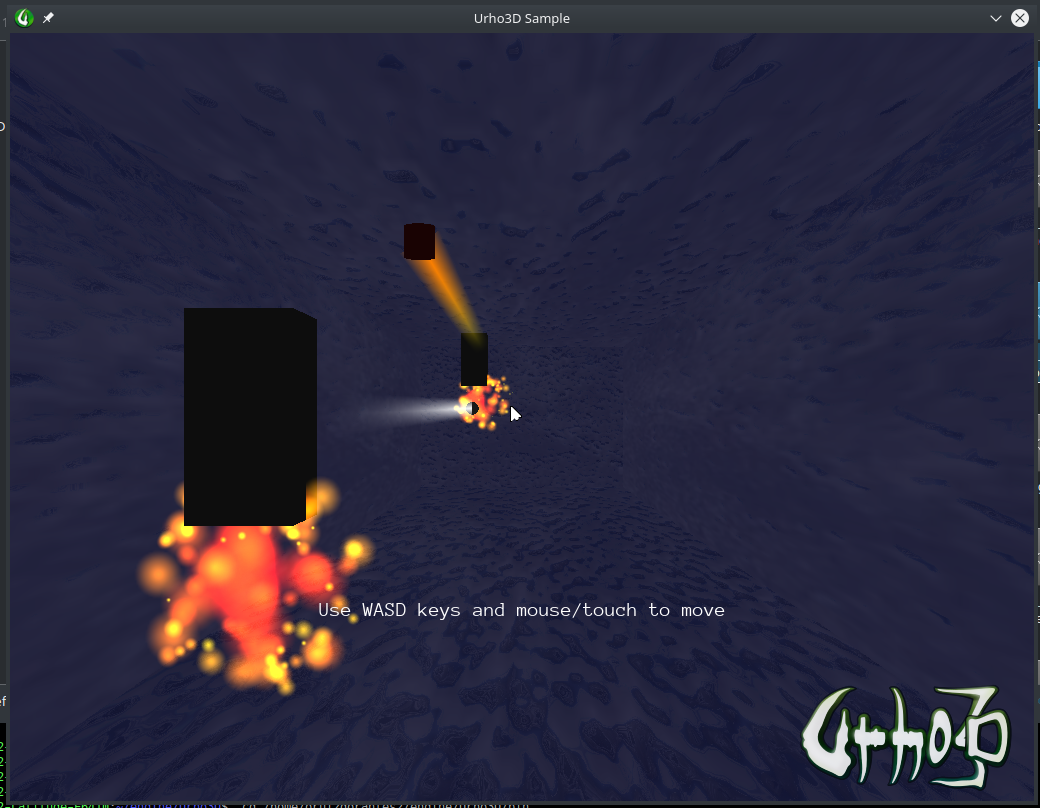Hello,
I almost have the logics/physics skeleton of my game in place:

(the absence of any artistic skills are evident)
But as it is a 2 players game… To start playing myself, either I start planning how is going to be playing in network or I need to think about an AI for the game.
So I have decided going for the second for now.
Something in our engine that I have missed that would help in the design of the AI?





